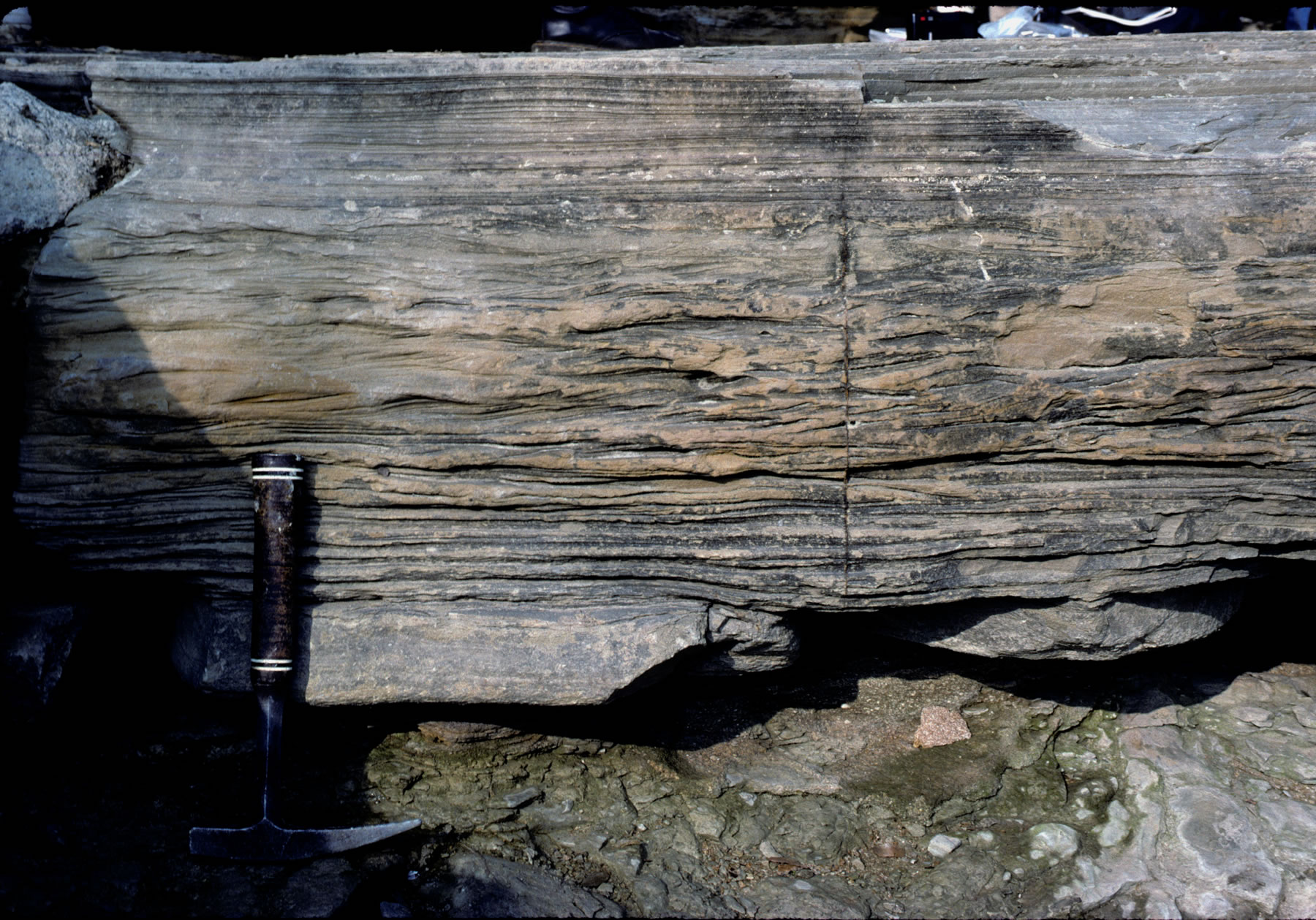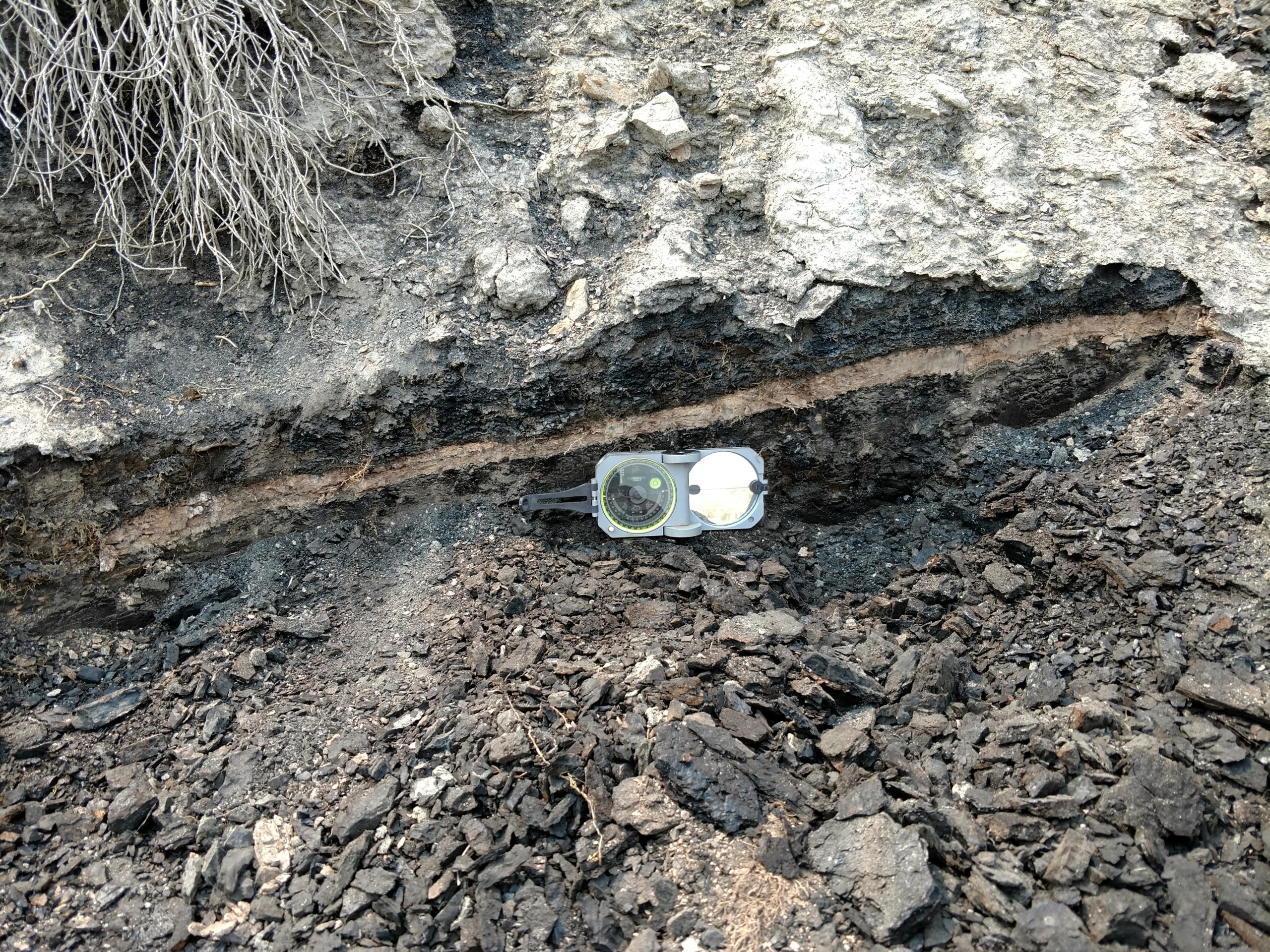

Ī wide range of terrestrial species perished in the K–Pg extinction, the best-known being the non-avian dinosaurs, along with many mammals, birds, lizards, insects, plants, and all the pterosaurs.

However, in January 2020, scientists reported that climate-modeling of the extinction event favored the asteroid impact and not volcanism. Other causal or contributing factors to the extinction may have been the Deccan Traps and other volcanic eruptions, climate change, and sea level change. In October 2019, researchers reported that the event rapidly acidified the oceans, producing ecological collapse and, in this way as well, produced long-lasting effects on the climate, and accordingly was a key reason for the mass extinction at the end of the Cretaceous. A 2016 drilling project into the Chicxulub peak ring confirmed that the peak ring comprised granite ejected within minutes from deep in the earth, but contained hardly any gypsum, the usual sulfate-containing sea floor rock in the region: the gypsum would have vaporized and dispersed as an aerosol into the atmosphere, causing longer-term effects on the climate and food chain. The fact that the extinctions occurred simultaneously provides strong evidence that they were caused by the asteroid. The impact hypothesis, also known as the Alvarez hypothesis, was bolstered by the discovery of the 180 km (112 mi) Chicxulub crater in the Gulf of Mexico's Yucatán Peninsula in the early 1990s, which provided conclusive evidence that the K–Pg boundary clay represented debris from an asteroid impact. Īs originally proposed in 1980 by a team of scientists led by Luis Alvarez and his son Walter, it is now generally thought that the K–Pg extinction was caused by the impact of a massive asteroid 10 to 15 km (6 to 9 mi) wide, 66 million years ago, which devastated the global environment, mainly through a lingering impact winter which halted photosynthesis in plants and plankton.

The boundary clay shows unusually high levels of the metal iridium, which is more common in asteroids than in the Earth's crust. In the geologic record, the K–Pg event is marked by a thin layer of sediment called the K–Pg boundary, which can be found throughout the world in marine and terrestrial rocks. It marked the end of the Cretaceous Period, and with it the Mesozoic era, while heralding the beginning of the Cenozoic era, which continues to this day. Most other tetrapods weighing more than 25 kilograms (55 pounds) also became extinct, with the exception of some ectothermic species such as sea turtles and crocodilians. The event caused the extinction of all non-avian dinosaurs. The Cretaceous–Paleogene ( K–Pg) extinction event, also known as the Cretaceous–Tertiary ( K–T) extinction, was a sudden mass extinction of three-quarters of the plant and animal species on Earth, approximately 66 million years ago. Picture taken at the San Diego Natural History Museum. Wyoming rock with an intermediate claystone layer that contains 1,000 times more iridium than the upper and lower layers.Complex Cretaceous–Paleogene clay layer (gray) in the Geulhemmergroeve tunnels near Geulhem, The Netherlands (finger is below the actual Cretaceous–Paleogene boundary).Badlands near Drumheller, Alberta, where erosion has exposed the K–Pg boundary.Bali Khila, an eroded hill from the Deccan Traps, which are another hypothesized cause of the K-Pg extinction event.Such an impact can release the equivalent energy of several million nuclear weapons detonating simultaneously Artist's rendering of an asteroid a few kilometers across colliding with the Earth.


 0 kommentar(er)
0 kommentar(er)
